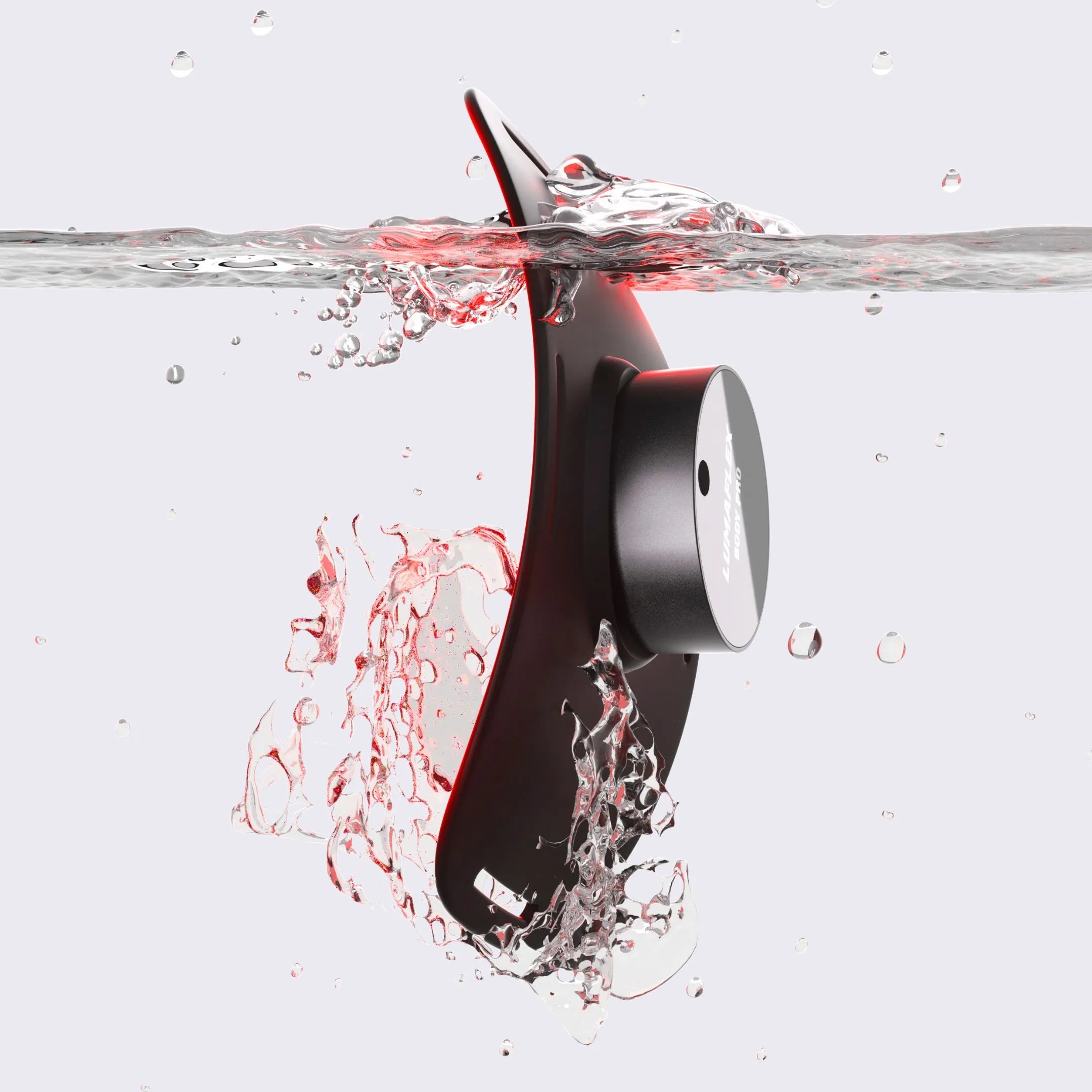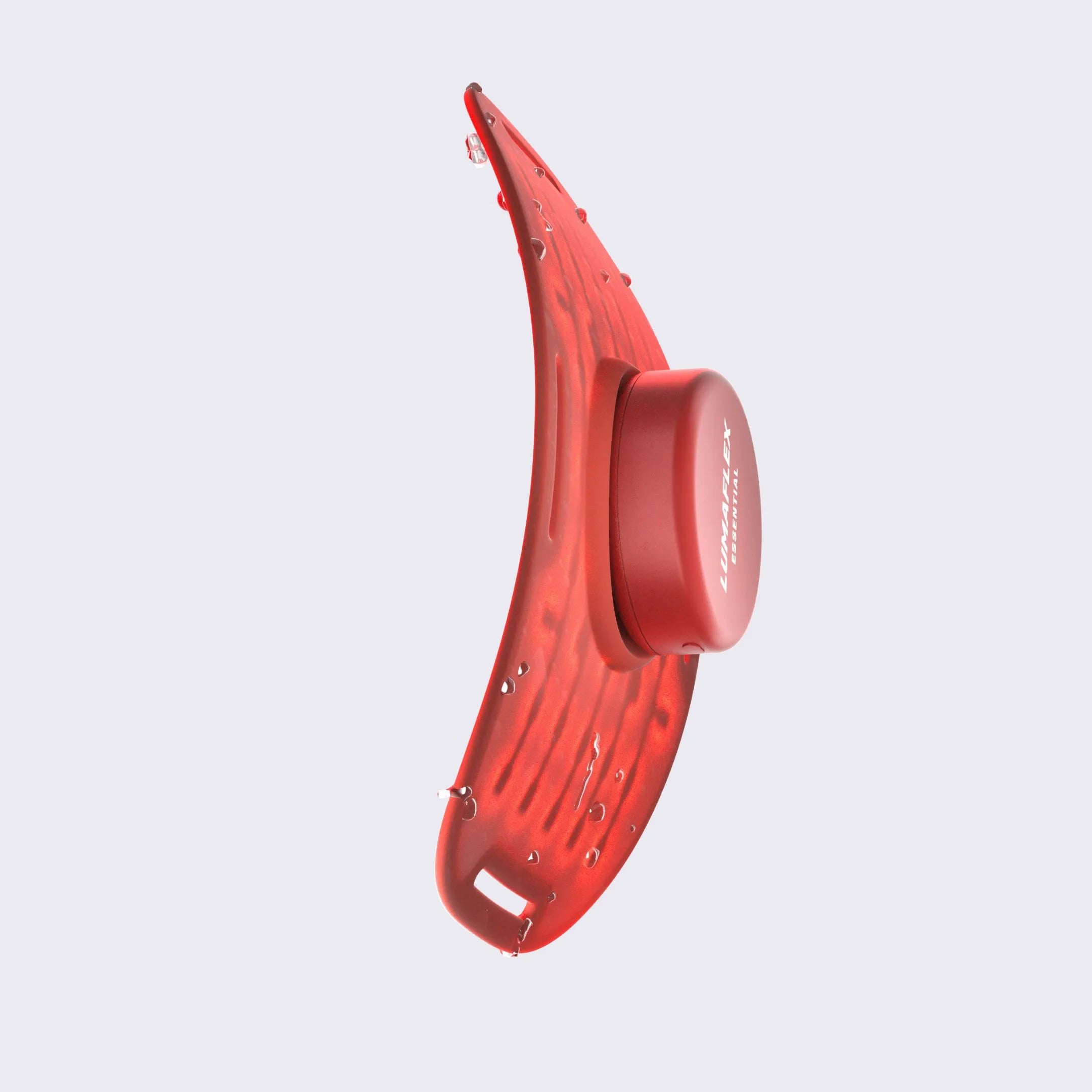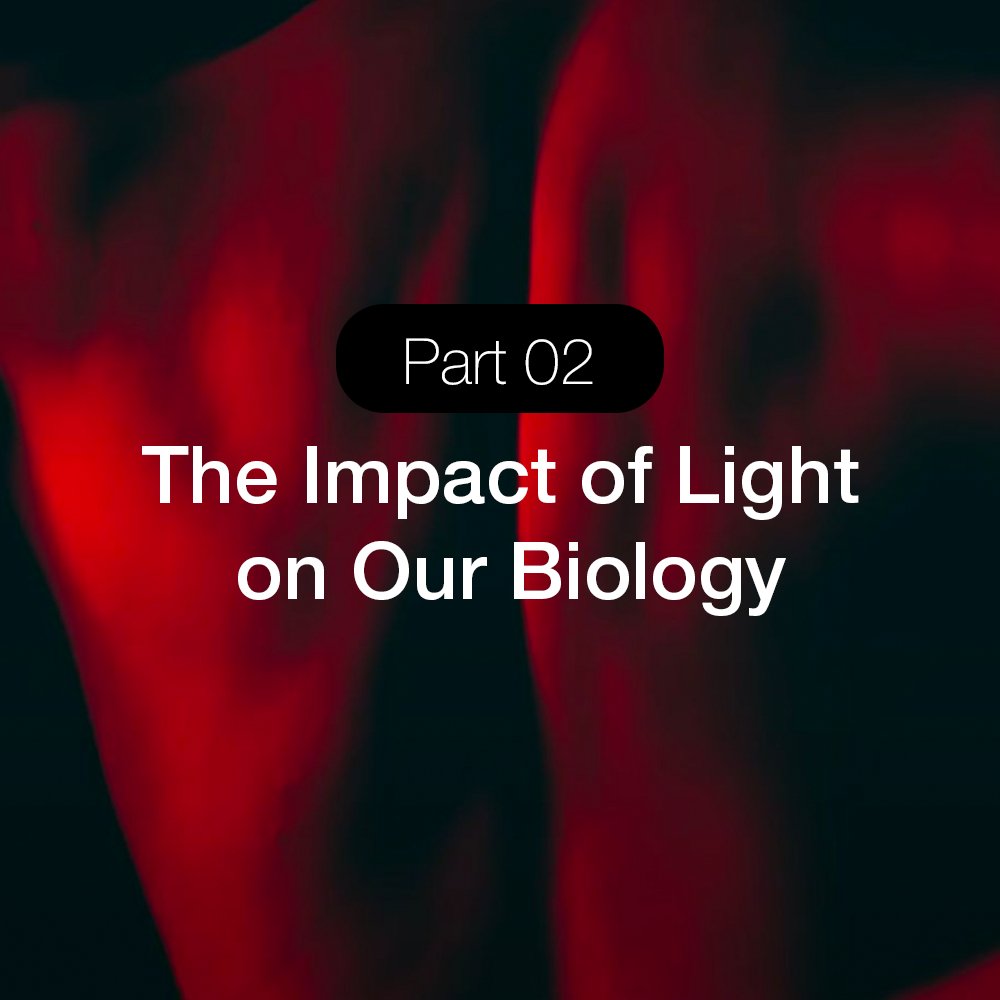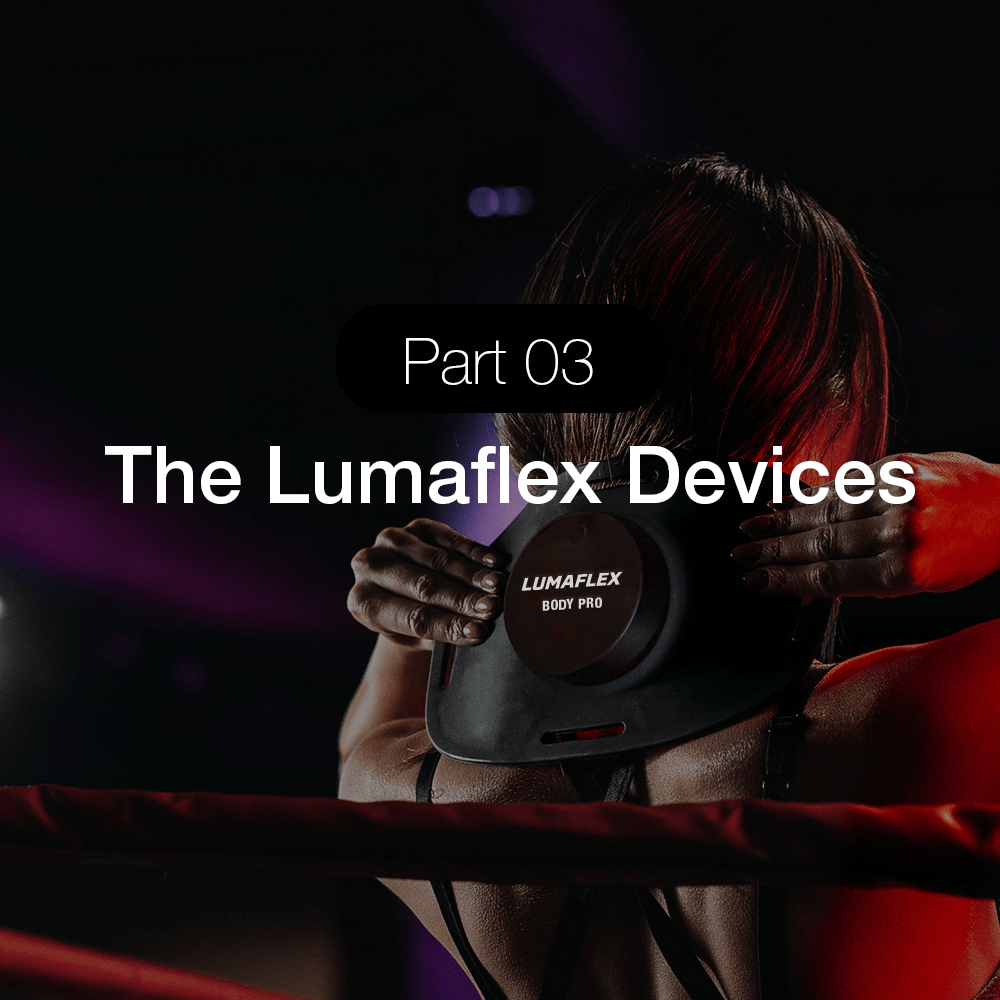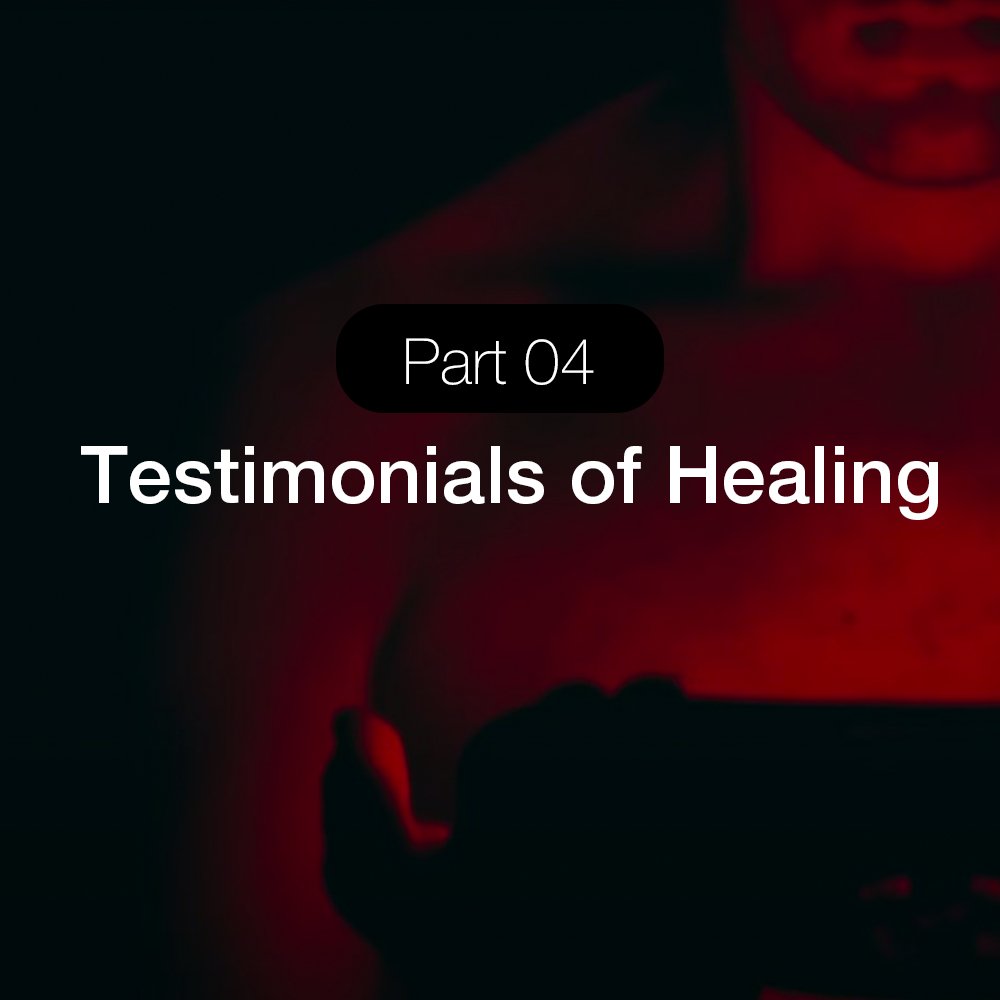Science Spotlight: How Lumaflex Powers Your Full-Body Active Recovery Workout

Recovery Is the New Workout
A full body active recovery workout is more than simply 'taking it easy' during the day. The strongest athletes treat recovery as part of their training routine and not just a break. They are actively recovering in order to support their performance and daily training consistency.
You are training your recovery system with a purpose, guided through the body's system of low-intensity patterns of control to create a state in which tissue is repaired, a more efficient base circulation system is set in place, and one is accomplished in preparation for the next session to be better.
Lumaflex makes a difference in this sense: Its dual wavelengths of red and near-infrared light enhance cellular energy, supporting muscle repair and the reduction of stiffness during and after your active recovery. You are not simply stretching or cycling at a low pace. You are signaling your muscles and joints to recover and rebuild.
Table of Content
What Is a Full-Body Active Recovery Workout?
A full body active recovery workout should revolve around blood repair and flowing recovery. It is a light and easy movement that is controlled and consistent to prepare you to prevent stiffness during your next high-intensity session.
Workouts usually target a specific goal, but recovery works differently. A full-body active recovery session helps your body flush out the waste your muscles build up during hard training. It uses a low-intensity session that you can shift toward any area that feels sore.
An active recovery routine includes simple movements like bodyweight exercises, yoga stretches, resistance-band work, or slow cycling. These movements keep blood moving and help your body get ready for your next workout without pushing it further.
Add Lumaflex to your recovery routine to improve athletic performance by assisting movement quality and tissue repair. Pairing red light therapy with active recovery increases its effect because the light boosts cellular energy while the movement drives that energy into working tissues.

Why Two Wavelengths Matter for Real Recovery Results
The Lumaflex two-wavelength technology is perfect for your active recovery routine because each wavelength is aimed at a different depth of the muscle. You get a blend that assists with mobility recovery and the repair of tissues at depth.
| Wavelength | Target Area | What It Does | Best For |
|---|---|---|---|
| Red Light (630 nm) | Surface muscles and fascia | Increases blood flow and helps reduce inflammation in the higher tissues | Restoration and recovery warmup and cooldown |
| Near-Infrared Light (850 nm) | Deep muscle tissue and joints | Encourages and repairs tissues by increasing the energy produced by the mitochondria | Tight and fatigued areas after lots of volume or high-intensity training |
The combination of these two wavelengths results in surface-to-deep recovery. After a full-body light therapy session, circulation improves, improving the delivery of oxygen and nutrients for faster repair.
For more detailed comparisons of wavelength effects, see Red and Near-Infrared Wavelengths Explained: 630nm vs 850nm.
How Light-Enhanced Active Recovery Transforms Muscle Repair
First, let’s explain how light and movement work together. During post-training cycles, band work, and mobility flows, you are actively recovering, and at the same time, aiding new blood to move through your muscles and clear the waste from your previous workout. This will also help you move more freely and will decrease the amount of soreness and stiffness you will feel in the following days.
Now, let’s add Lumaflex for an even better recovery. Thanks to the dual wavelengths, your cells will be able to absorb more oxygen and will be energized. This means more mitochondria output, an increase in ATP, and faster recovery. This will help with your movement, shifting from just circulatory recovery to active surface and deep muscle tissue repair.
The feedback we get from our clients is faster recovery and mobility improvement, as well as much less soreness post-workout. The deep muscle tissue recovery is one major reason we get this feedback.
There is plenty of research that supports this. Near-infrared light helps reduce muscle fatigue by improving the respiration efficiency of the mitochondria. This also means that every rep will be completed more efficiently.
The bottom line is this. For Lumaflex, recovery is one more step in the strategy of your workout, and you will be able to move your body freely post-workout.

How to Structure a Full-Body Active Recovery Workout with Lumaflex
A good full body active recovery workout session works to restore movement quality and to aid tissue recovery. Adding Lumaflex enhances recovery in all phases because of the bumps in circulation, energy, and muscle recovery. Here’s how to include Lumaflex in your active recovery workout:
Step 1: Warm-Up (5 to 10 minutes)
Do something easy like walking, doing low-effort cardio, or stretching. Mobilize and go for an easy walk to raise the heart rate a bit.
While doing this, put Lumaflex on the muscle group and joints to be used in the activity.
The warm-up helps joints to be more pliable and increases blood flow to the area due to the red light.

Step 2: Main Flow (15 to 20 minutes)
Do yoga, light resistance work, or easy calisthenics. If needed, do this in a movement flow (thus, working all muscle groups in turn and resting each only for a moment).
If you do this, put Lumaflex on the major muscle groups that you are currently working, and on some muscle groups adjacent to the ones in use. The near-infrared light helps to recover the muscle as well during work from a greater depth.

Step 3: Cool down (10 minutes)
Do a proper recovery session with a major focus on the major muscle groups. Shift to deep breathing, foam rolling, and slow static stretches. During this session, try to put Lumaflex on muscle groups adjacent to the major ones to help in-depth recovery from the use of the work you did. Finish the session with red light focused on tight or sore areas to help recovery.
To reduce soreness the next day and speed up recovery, use Lumaflex again after the session. Visit "How Often Should You Use Red Light Therapy?" for details on RLT usage frequency.


The Lumaflex Difference: Designed for Active Recovery
Normally, recovery must be done while stationary, but not with Lumaflex, as it is the first recovery tool that actually aids the recovery process. At the same time, you move, stretch, or flow through different sessions. It combines the study of science with a sleek, portable, and custom-engineered design focused on creating a comprehensive therapy device that can be used anywhere for various training practices.
| Feature | Lumaflex Advantage |
|---|---|
| Lumaflex Dual Wavelength | Full-depth tissue recovery. Red light targets surface muscles and fascia, while near-infrared penetrates deeper muscles and joints, making it ideal for red light therapy recovery. |
| Portability | Use the Lumaflex device during a muscle recovery workout, flow into a new strength exercise, or course. Best used when you need a prop, and in recovery sessions. |
| Durability | Sweatproof, gym-ready, and built to withstand repeated use in demanding training environments. |
| Ease of Use | Cordless, compact, and travel-friendly. Fits in your bag and works anywhere you train. |
| Pro-Grade Science | Engineered for athletes, coaches, and movement pros who want precise light therapy for mobility recovery without the clinical hassle. |
Recovery tools like Lumaflex can integrate seamlessly into your workout. Now tech in training can flow with you instead of against you!
Active Recovery Meets Smart Engineering
Lumaflex is built to move with your body, so you don’t have to pause your active recovery routine. Its flexible panel design makes it easy to target multiple muscle groups at once. Whether you are stretching, cycling slowly, or flowing through a muscle recovery workout, the device conforms to your body for optimal light absorption.
The diffusing technology ensures even full body light therapy, giving muscles constant stimulation and improving circulation and tissue repair. This keeps your recovery efficient and supports better mobility recovery, making the most of every minute you spend on your session.
Dynamic movement isn’t a problem with Lumaflex. The light stays consistent across all areas, so you don’t lose intensity or coverage. That means your red light therapy recovery works alongside your movements, turning every session into a science-backed recovery strategy.
Learn more about using Lumaflex in your routine here: [Red Light Therapy for Muscle Recovery]

Real-Life Use: Athletes and Trainers Integrating Lumaflex
Professional athletes and trainers are taking their full-body active recovery workouts to the next level by incorporating Lumaflex at every stage of training.
These real-world applications show how active recovery routines paired with Lumaflex deliver measurable results.
Explore full-body recovery protocols at the Lumaflex Academy.
Redefine Recovery
Your body needs more than rest; it needs energy. A full body active recovery workout is not downtime but a strategic window to rebuild and restore strength.
With Lumaflex, every session becomes a science-driven opportunity to support recovery at the cellular level. The dual wavelengths work through both surface tissue and deeper muscle layers, turning basic recovery movement into meaningful regeneration. This gives athletes the ability to maintain high performance without sacrificing intensity or consistency.
Your movement, mobility, and resilience stay sharp, even between training days. Add Lumaflex to your recovery stack and experience movement-powered recovery through the Lumaflex Academy.
Frequently Asked Questions about Full Body Active Recovery Workout
What is a full body active recovery workout?
A full body active recovery workout is a low-intensity session that keeps blood flowing, aids muscle repair, and prepares your body for the next high-intensity workout.
How often should I do a full body active recovery workout?
You can include active recovery sessions 1–3 times per week or after intense training days to reduce soreness, improve mobility, and maintain performance.
Can red light therapy enhance my active recovery?
Yes. Pairing red and near-infrared light therapy with your recovery movements boosts circulation, increases cellular energy, and accelerates tissue repair.
What exercises are best for an active recovery session?
Light cycling, yoga flows, bodyweight movements, and resistance band exercises are ideal. Focus on gentle, controlled movements targeting the whole body.
Will combining active recovery with light therapy reduce next-day soreness?
Absolutely. Using red and near-infrared light while performing recovery exercises helps flush out muscle waste and supports deeper tissue repair, reducing DOMS.








